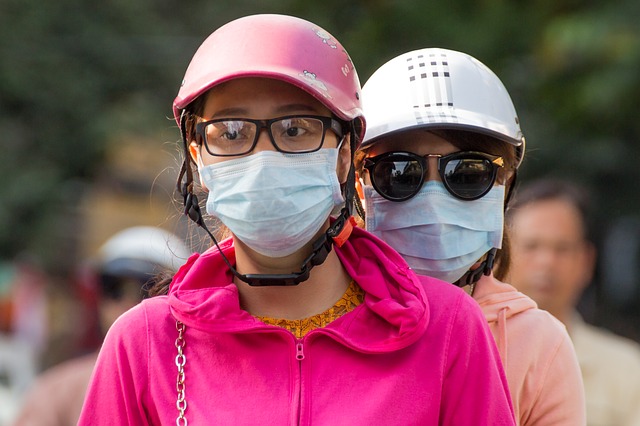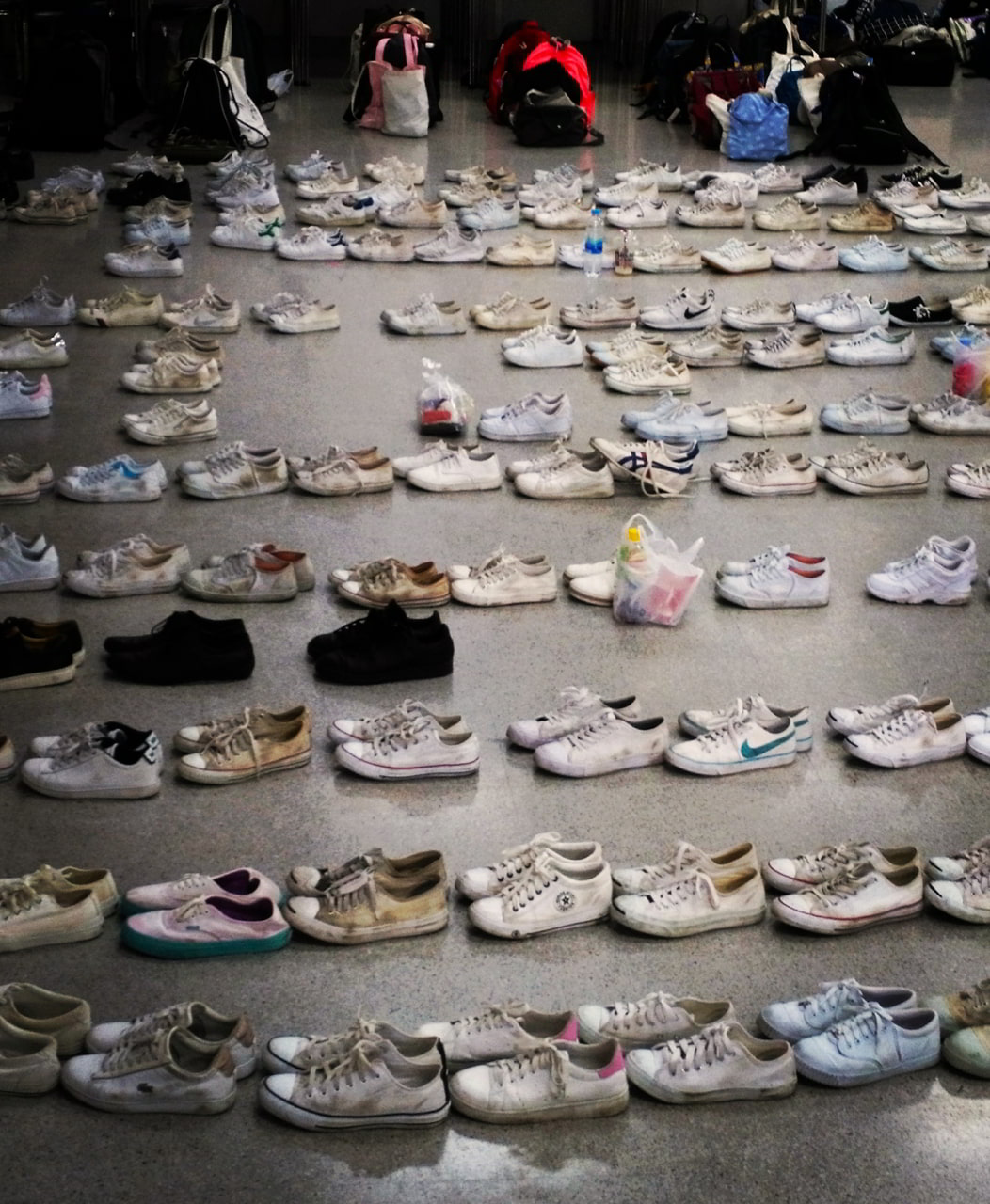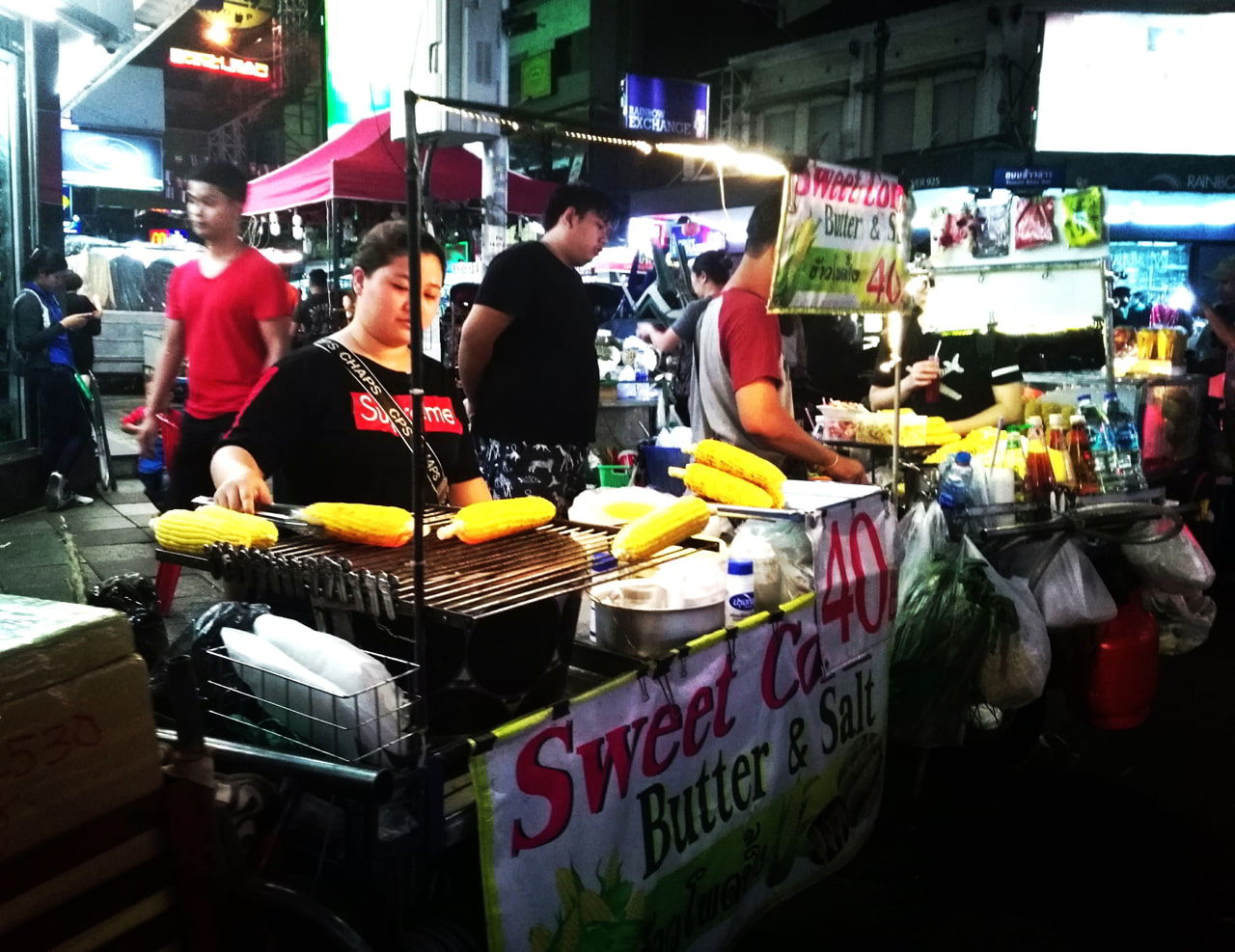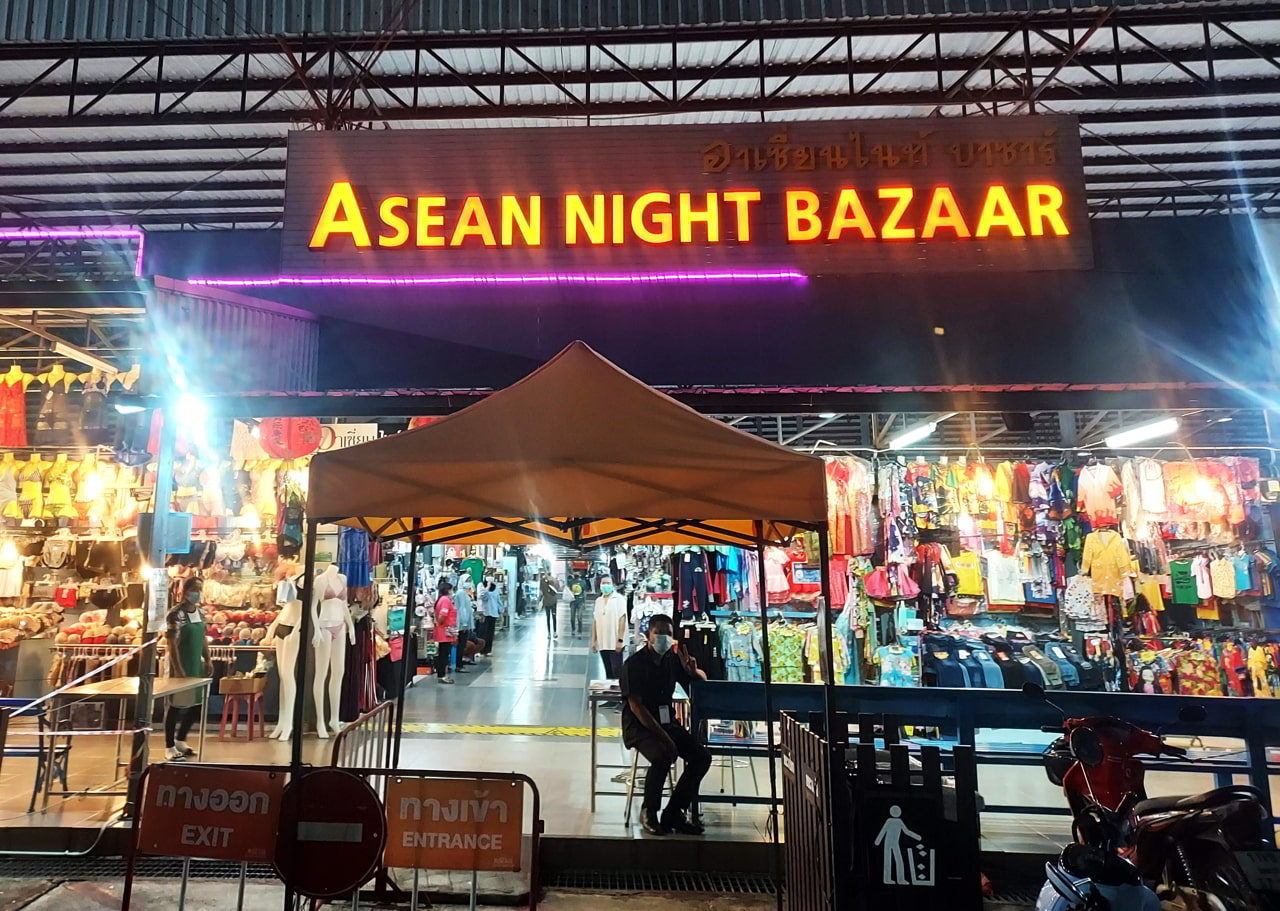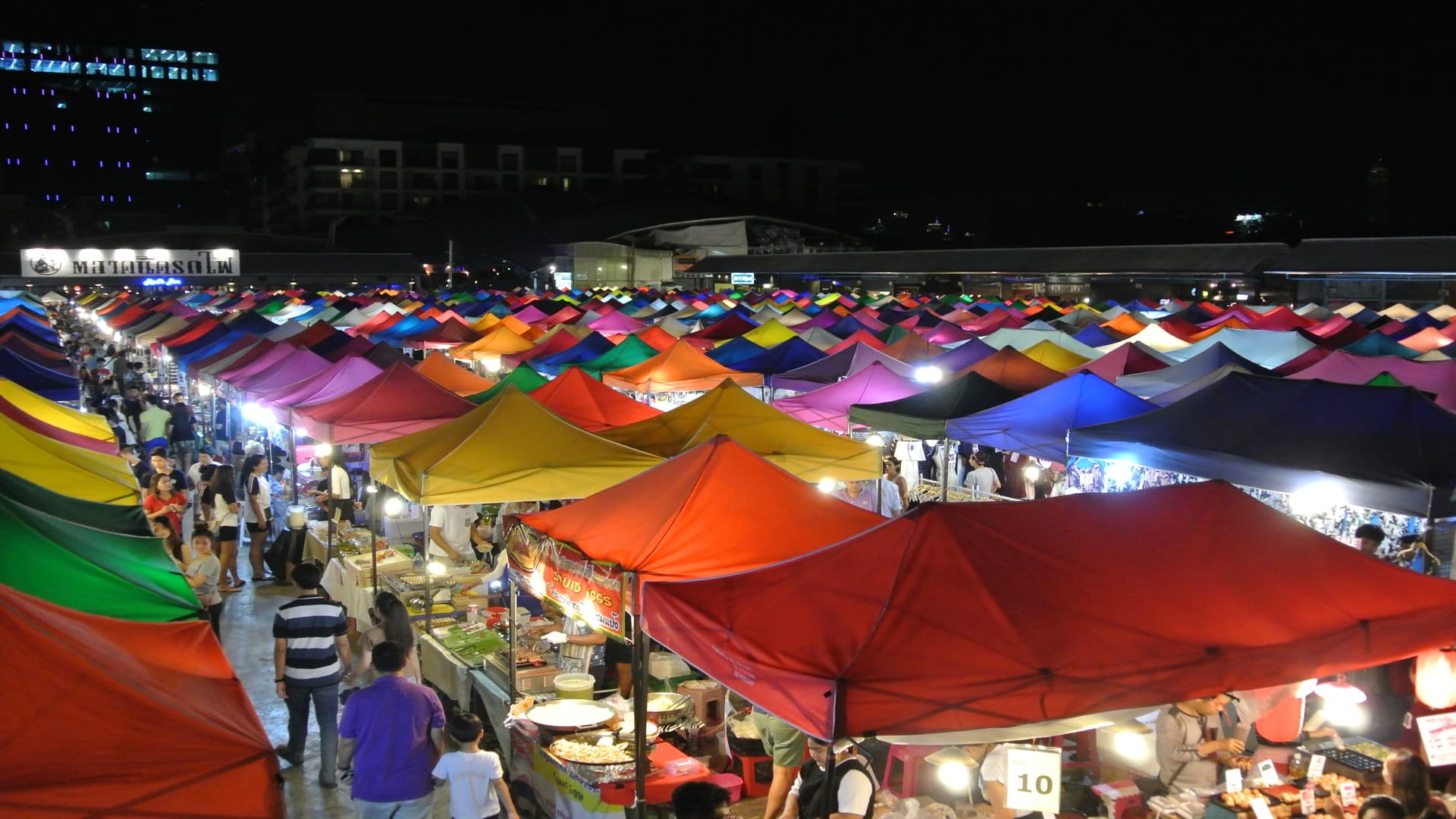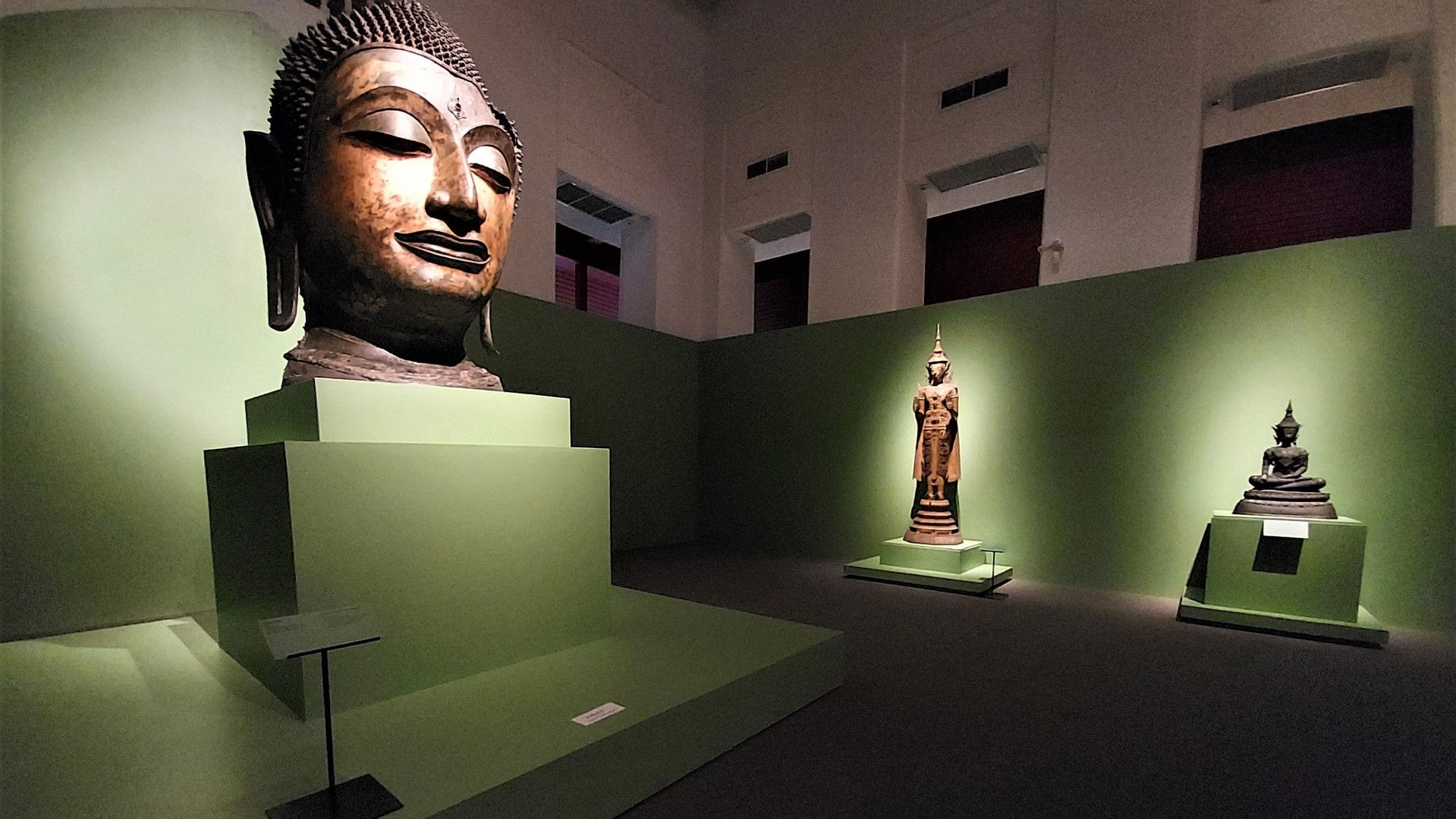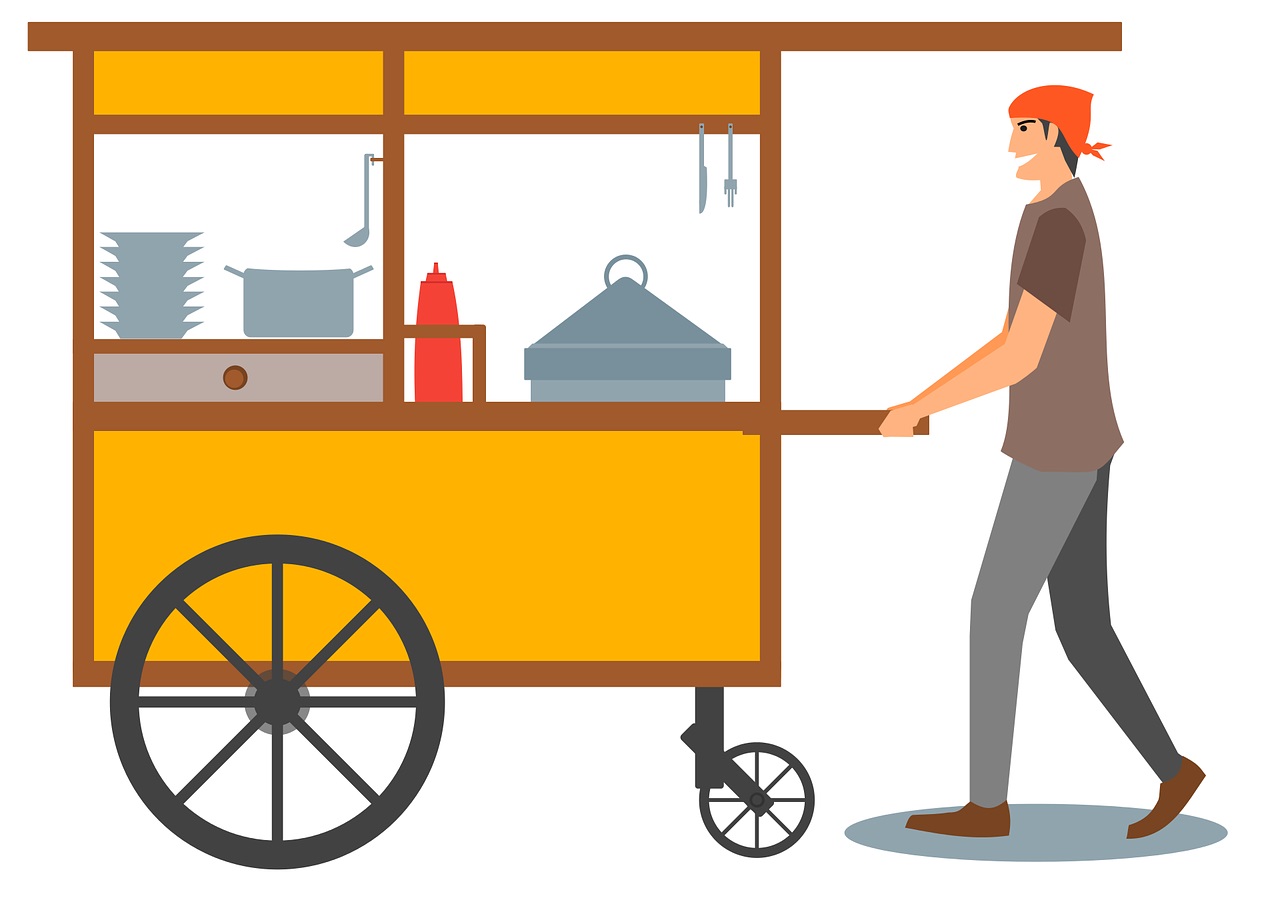
7 Unique Thai Traditions and Objects Worth Embracing
When observing another culture, it’s not uncommon to find intriguing objects or practices that are simply brilliant. From ingenious innovations to unique customs, here are seven Thai traditions that are worth adopting. This post is subjective, but feel free to share your thoughts.
1. Thai Masks: A Lesson in Consideration and Health
The face mask has become a global symbol of health protection, especially against COVID-19. However, Thais have been using masks long before the pandemic. In Thailand, wearing a mask when feeling unwell is a common practice that shows consideration for others. It’s seen as a sign of respect rather than a stigma.
Additionally, masks serve as protection against pollution. In cities like Chiang Mai and Bangkok, pollution levels often reach harmful thresholds, making masks a crucial accessory for urban dwellers.
2. Queue Discipline in Thai Public Transport
A hallmark of Thai culture is the orderly queueing in public transport. People wait patiently and follow the principle that those inside the train or bus exit first, and then the passengers waiting outside board. This disciplined approach enhances the efficiency and comfort of using public transport.
Another notable aspect is the low noise levels in public spaces. While advertisements on screens may be loud, conversations are typically kept quiet, both face-to-face and on the phone.
3. The Thai Bidet Sprayer: A Hygienic Choice
One practice that surprises many visitors is the absence of toilet paper, replaced by bidet sprayers. These sprayers, now ubiquitous in Thailand, offer numerous advantages: they are more hygienic, eco-friendly, and beneficial for health, as noted by some proctologists. Bidet sprayers help prevent conditions like anal itching and are more environmentally sustainable than toilet paper
Comparing Toilet Paper and Bidet Sprayers:
• 27,000 trees are cut down daily to produce toilet paper.
• Toilet paper production consumes significant amounts of water and chemicals.
• A bidet sprayer uses about 0.6 liters of water per use, while a single roll of toilet paper requires 168 liters of water to produce.
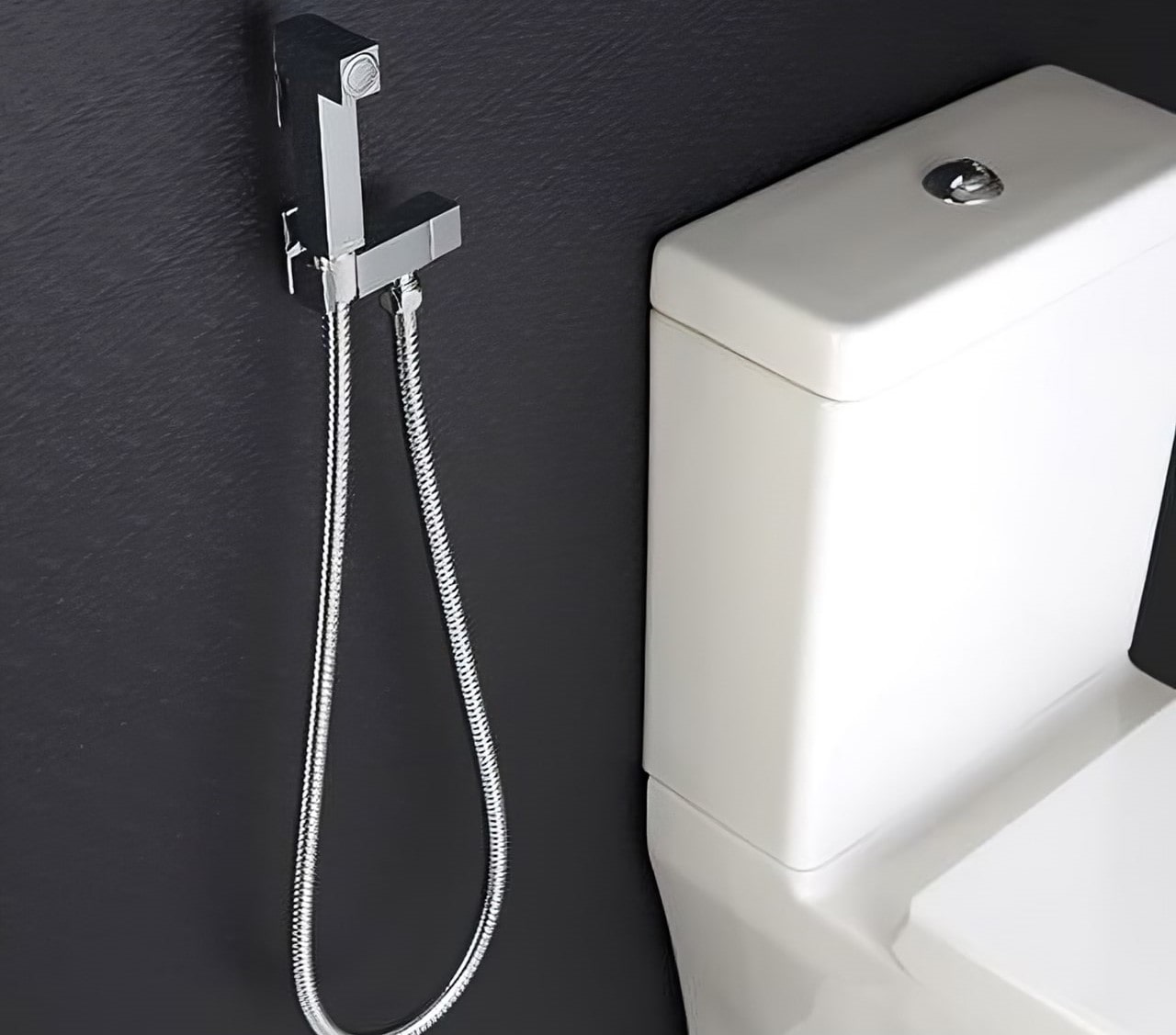
4. Removing Shoes: A Thai Hygienic Tradition
In many Asian countries, including Thailand, it is customary to remove shoes before entering a home. This practice has significant hygienic benefits, preventing pathogens from being brought inside. Research by Dr. Charles Gerba, a microbiologist at the University of Arizona, found that shoes carry an average of 421,000 bacteria on the outside and 2,887 on the inside, including harmful bacteria like E. coli and Klebsiella pneumoniae.
Removing shoes before entering a house is a simple yet effective way to reduce the risk of infection and maintain cleanliness. It’s also a sign of respect and a common practice in Thai religious sites, underscoring the cultural importance of this gesture.
5. Ice in Beer: A Refreshing Thai Twist
This practice might be controversial, but in Thailand, adding ice to beer is common. While it might horrify some beer enthusiasts, it makes sense in a hot climate. Adding ice to beer helps keep it cool, provides extra hydration, and can extend the drinking experience.
Note :
This section does not promote excessive alcohol consumption. Drinking responsibly is crucial.
6. The Charm of Thai Street Vendors
Street vendors are an iconic part of Thailand, found everywhere from bustling cities to rural areas. They offer a variety of goods, including fresh produce, household items, and street food. Thai street food is renowned for its diversity and flavor, with dishes like noodle soups, fried rice, Pad Thai, and Som Tum being popular choices.
7. The Vibrant Atmosphere of Thai Night Markets
Night markets are a vibrant part of Thai social life. Found in every city, these markets operate from evening until late at night, offering everything from clothes and food to souvenirs and handicrafts. They are popular with locals and tourists alike, providing a lively atmosphere for shopping, dining, and socializing.
Night markets are crucial to the Thai economy and offer an extended shopping experience in a unique and festive environment.
Embrace these seven Thai traditions and objects to add a touch of Thailand’s rich culture to your life. Whether it’s the practicality of a bidet sprayer or the charm of a night market, these practices offer valuable insights into the Thai way of life.



